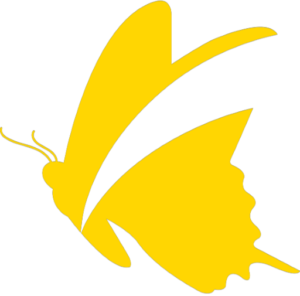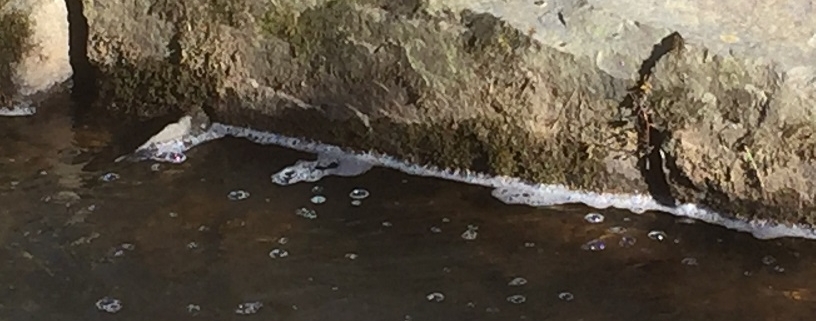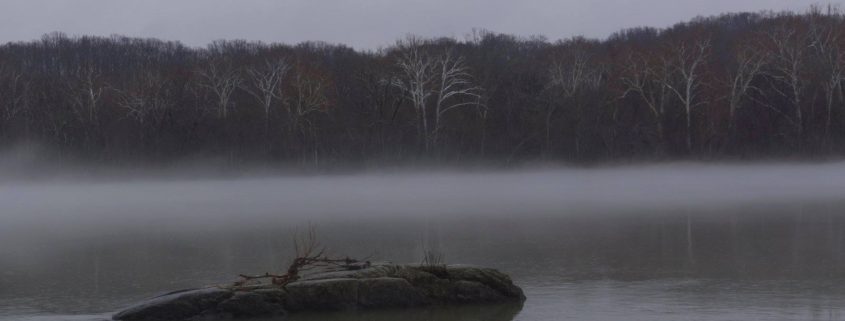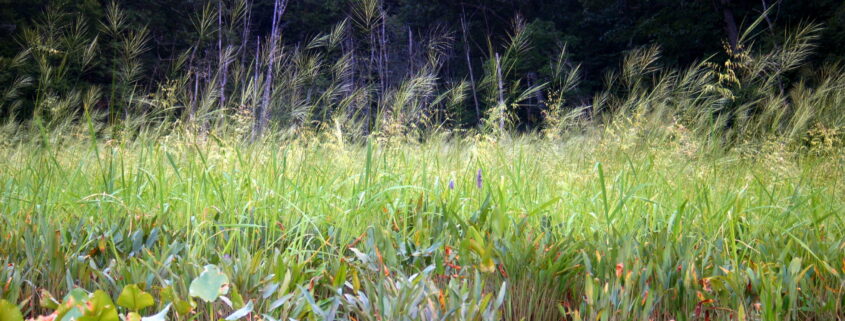Detergents and Stream Environments
Feature photo: Stream Bubbles along the Turquoise (Glade) Trail stream in Reston. Bubbles and soap films are made of a thin layer of water, sandwiched between two layers of soap molecules.
Article and photos by FMN Stephen Tzikas
During your outdoor activities, you may have seen soap suds in a trail stream. While there is some environmental concern about them, their science is interesting.
My first professional exposure to detergents was with my first career project in 1985, at an environmental closure of the General Aniline & Film (GAF) plant in Linden, NJ. I had the task, among other things, of testing, classifying, and preparing various detergents and surfactants for proper disposal. The company, founded in 1886, had its origins as the German IG Farben firm whose assets were seized as enemy property in 1941. When I see suds in a stream, I always remember the project at GAF.
Detergents are used for many purposes, but they can easily get
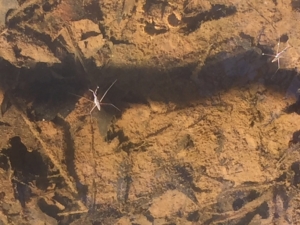
Surface Tension at the Turquoise Trail stream in Reston. Detergents lower the surface tension of the water, making it hard for aquatic insects like water striders to float on the surface. They can leave fish and other critters starved for air. Detergent binds up oxygen to form bubbles.
into freshwater ecosystems. Detergents are organic compounds, which have both polar and non-polar characteristics. There are two kinds of detergents: phosphate detergents and surfactant detergents. Detergents that contain phosphates are caustic, and surfactant detergents are toxic. Surfactant detergents are used to enhance wetting, foaming, dispersing and emulsifying properties. Phosphate detergents are used to soften hard water and help suspend dirt in water. Detergents, including biodegradable ones, can be poisonous to aquatic life. They can destroy the external mucus layers that protect the fish from bacteria and parasites. Most fish will die when detergent concentrations approach 15 parts per million, and concentrations as low as 5 ppm will kill fish eggs. Surfactant detergents can affect the breeding ability of aquatic organisms. Detergents also lower the surface tension of the water, which impacts some aquatic life. Phosphate detergents can lead to freshwater algal blooms that release toxins and deplete oxygen.
Soaps and detergents are made from long molecules that contain a head and a tail. The diagram below represents a surfactant molecule. The head of the molecule is attracted to water (hydrophilic) and the tail is attracted to grease and dirt (hydrophobic). When the detergent molecules meet grease on clothes, the tails are drawn into the grease but the heads still remain in the water. The attractive forces between the head groups and the water are so strong that the grease is lifted away. The blob of grease is now surrounded by detergent molecules and washed away. The detergent molecules also help to make the washing process more effective by reducing the surface tension of the water.
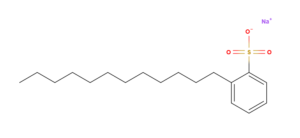
How Detergents Work (Snapshot excerpted by author from https://molview.org with a search on sodium o-dodecylbenzenesulfonate.) The long chain of the sodium o-dodecylbenzene-sulfonate molecule is “grease-loving” while the cyclic part is “water-loving.”
Emerging stream concerns include another type of foamy substance. This is a group of manufactured compounds known as per- and polyfluoroalkyl substances (PFAS). PFAS have broad uses in commercial products such as food packaging, nonstick coatings, and firefighting foam. Conventional wastewater treatment plants do not effectively remove PFAS. The PFAS concentration lifetime advisory is 70ng/L for perfluorooctanoate (PFOA).
In Fairfax County, the storm drainage system is separate from the sanitary sewer system. Storm drains convey stormwater runoff directly to local streams. Car wash water may contain oils, greases, detergents and other materials that pollute water and harm wildlife that live in streams. In Fairfax County, commercial car washes must be equipped with water recycling systems and discharged to the sanitary sewer system. Individual residential car washing is exempt from this regulation. You can help by washing cars in an area away from storm drains. Use the minimum amount of detergent necessary, and use products that are biodegradable, phosphate-free, water-based, and pH neutral.
